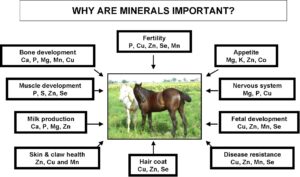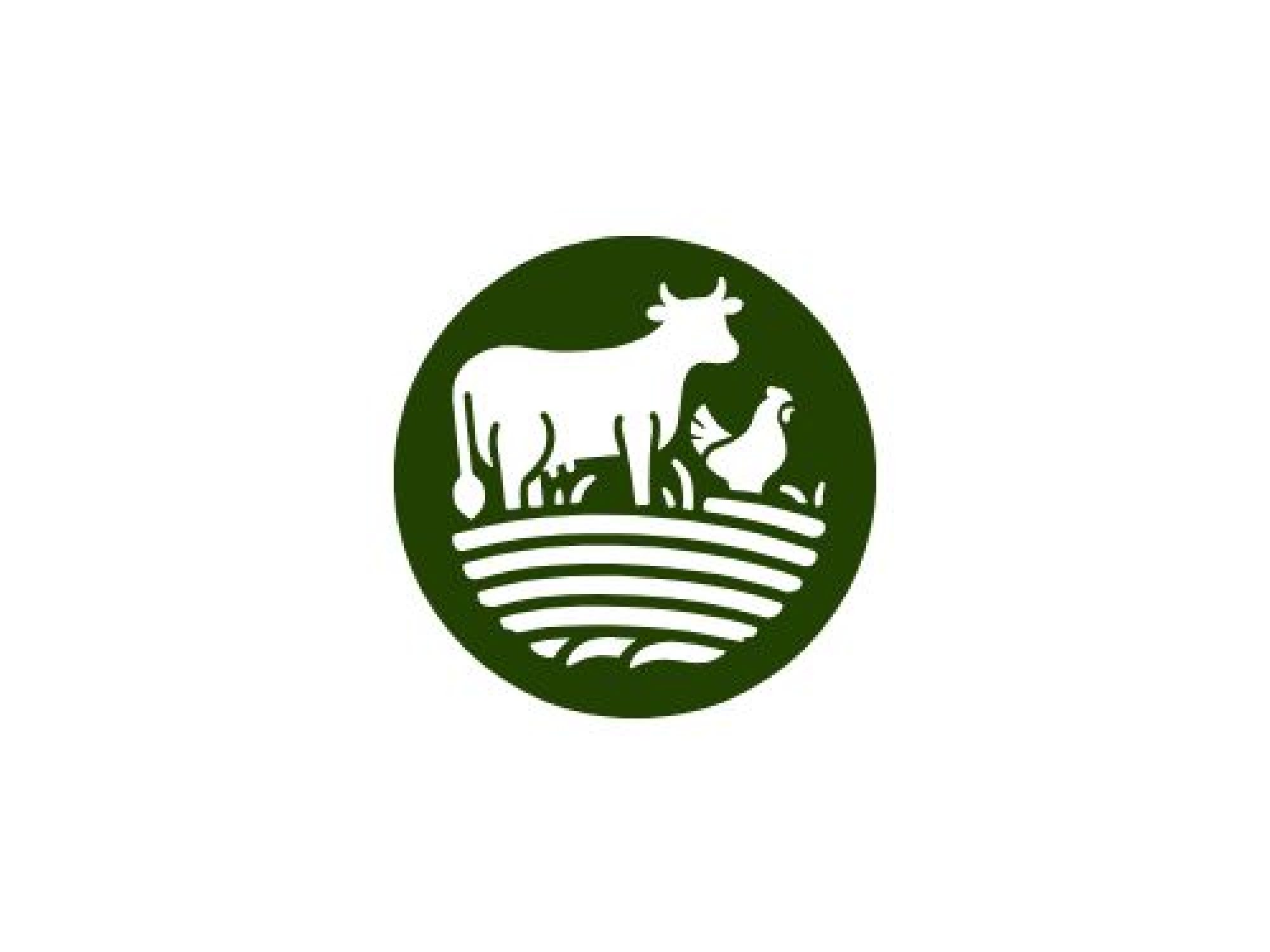The world’s major biomes are large, distinct ecological regions characterized by specific climates, vegetation, and animal communities. Understanding these biomes is essential in applied ecology, as it helps researchers and conservationists make informed decisions regarding biodiversity conservation, land management, and sustainability. Here’s an overview of the major biomes of the world and their relevance in applied ecology:
Thank you for reading. Don't forget to subscribe & share!
- Tropical Rainforest:
- Location: Found near the equator in South America, Africa, Southeast Asia, and parts of Australia.
- Characteristics: High temperatures, high rainfall, lush vegetation, and immense biodiversity.
- Applied Ecology Relevance: Conservation efforts in tropical rainforests are critical due to their unparalleled biodiversity and their role in carbon sequestration. Applied ecologists work to protect these areas from deforestation and habitat destruction.
- Desert:
- Location: Arid regions of North America, Africa, Asia, and Australia.
- Characteristics: Low precipitation, extreme temperatures, and specialized desert-adapted species.
- Applied Ecology Relevance: Applied ecologists study desert ecosystems to understand how organisms adapt to extreme conditions and to develop sustainable strategies for water use in arid regions.
- Temperate Deciduous Forest:
- Location: Found in parts of North America, Europe, and Asia.
- Characteristics: Four distinct seasons with trees that shed their leaves in the fall.
- Applied Ecology Relevance: Conservation and sustainable management of temperate deciduous forests are essential for maintaining biodiversity and mitigating the effects of deforestation and urbanization.
- Grassland:
- Location: Found in North America, Eurasia, South America, and Africa.
- Characteristics: Dominated by grasses and herbaceous plants, with a continental climate.
- Applied Ecology Relevance: Applied ecologists work to manage grasslands for sustainable agriculture, grazing, and wildlife conservation.
- Taiga (Boreal Forest):
- Location: Northern regions of North America, Europe, and Asia.
- Characteristics: Cold temperatures, coniferous trees, and short growing seasons.
- Applied Ecology Relevance: Applied ecologists study the impacts of logging and climate change on taiga ecosystems and help develop strategies for sustainable forestry.
- Tundra:
- Location: Found in the Arctic and high mountain regions.
- Characteristics: Extremely cold, low precipitation, and short growing seasons.
- Applied Ecology Relevance: Applied ecologists research the effects of climate change and human activities on tundra ecosystems, as well as their role in carbon storage.
- Aquatic Biomes:
- Include freshwater (e.g., rivers, lakes) and marine (e.g., oceans, coral reefs) biomes.
- Characteristics: Diverse aquatic life, unique adaptations, and the influence of water chemistry and temperature.
- Applied Ecology Relevance: Conservation of aquatic ecosystems is vital for maintaining biodiversity, managing fisheries, and addressing issues like water pollution and habitat degradation.
- Chaparral:
- Location: Found in Mediterranean climates, including parts of California, Chile, and the Mediterranean region.
- Characteristics: Hot, dry summers with mild, wet winters and drought-resistant vegetation.
- Applied Ecology Relevance: Applied ecologists work to protect chaparral ecosystems from wildfires and urban development.
- Savanna:
- Location: Tropical and subtropical regions in Africa, South America, and Australia.
- Characteristics: A mix of grasslands and scattered trees with distinct wet and dry seasons.
- Applied Ecology Relevance: Savannas are critical for grazing livestock and maintaining wildlife populations. Applied ecologists address land management, fire regimes, and conservation efforts.
- Mountains:
- Location: Found in mountain ranges worldwide.
- Characteristics: Varying climates and ecosystems at different elevations.
- Applied Ecology Relevance: Applied ecologists study the impact of climate change on mountain ecosystems, conservation strategies for endangered species, and sustainable tourism.








